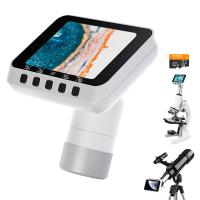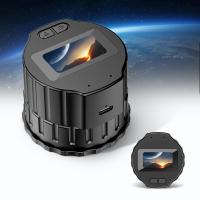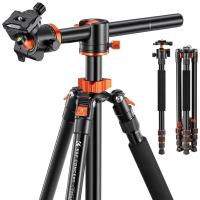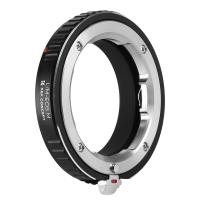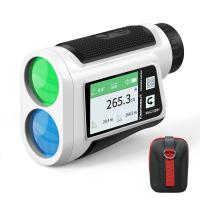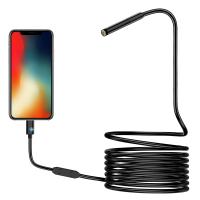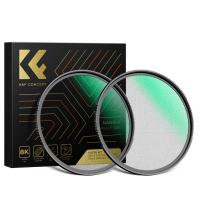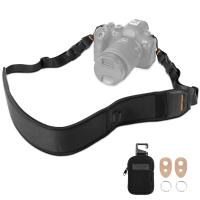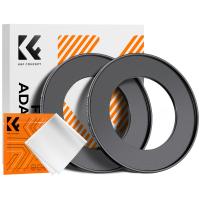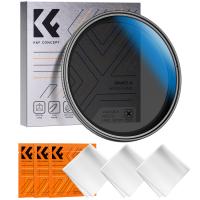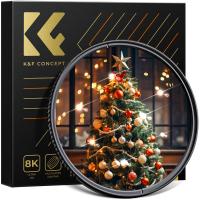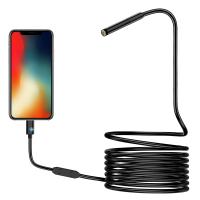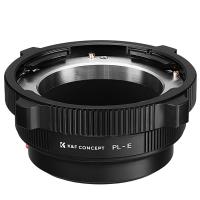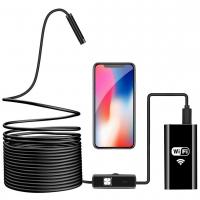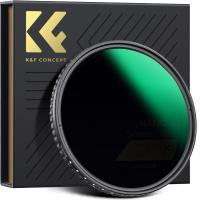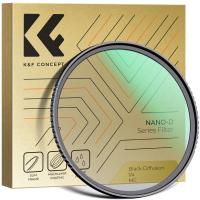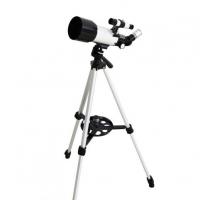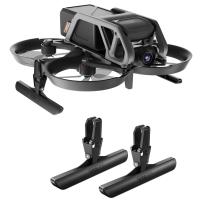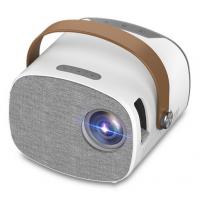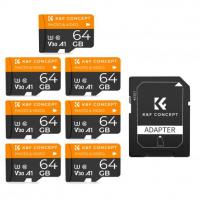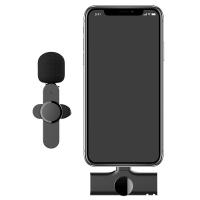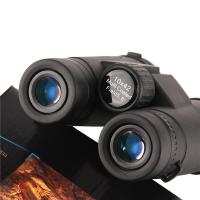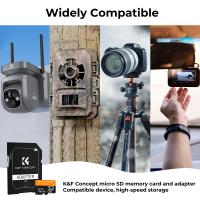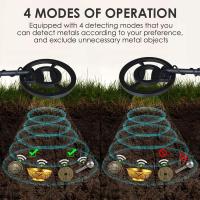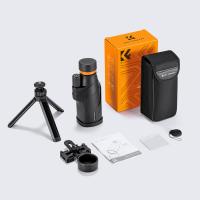How Much Are Telescopes?
When it comes to purchasing a telescope, the price can vary significantly based on several factors such as the type of telescope, its features, brand, and the intended use. Whether you are a beginner stargazer, an intermediate hobbyist, or an advanced astronomer, understanding the cost implications and what you get for your money is crucial. In this article, we will delve into the different price ranges of telescopes, what you can expect at each price point, and how to make an informed decision based on your needs and budget.
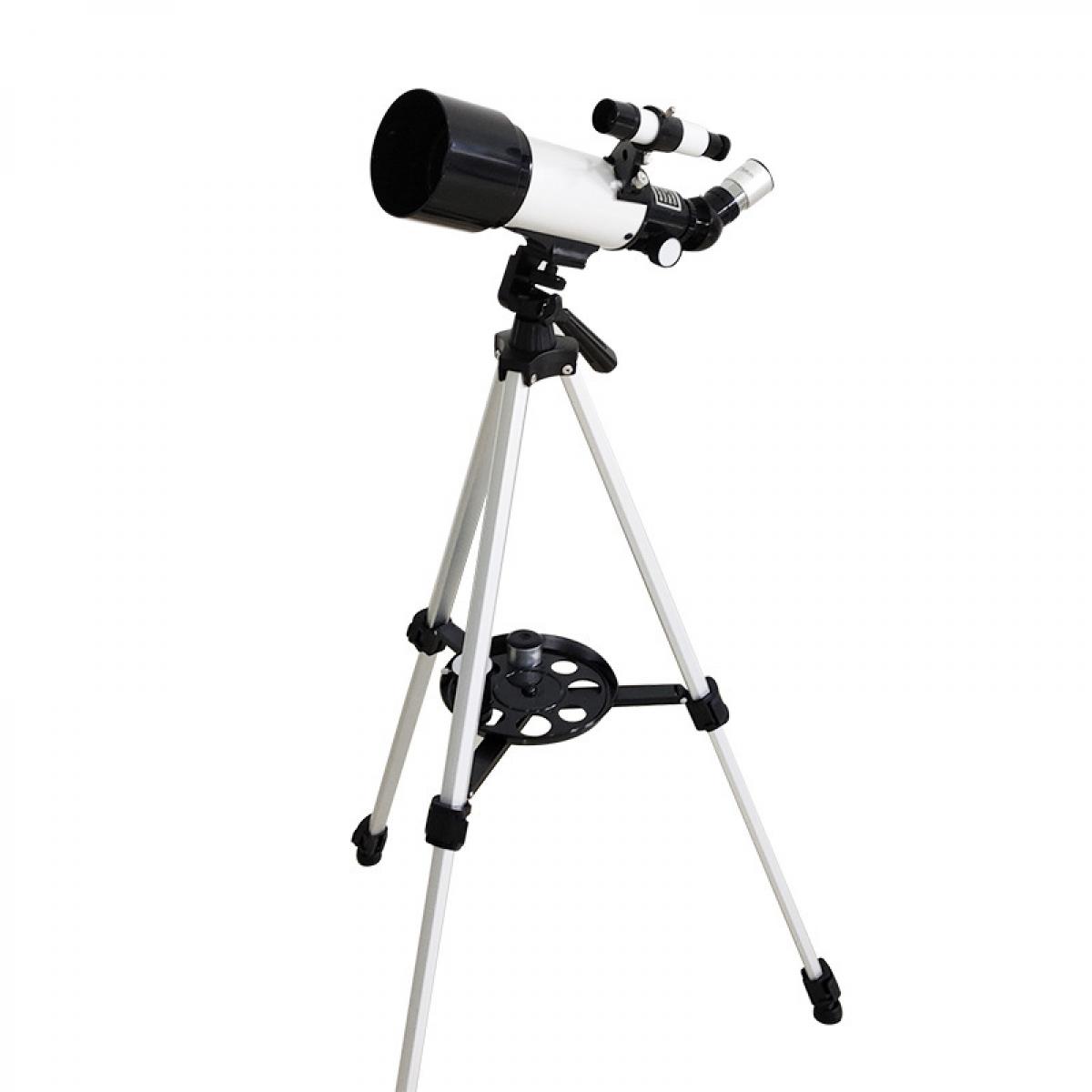
Understanding Telescope Types and Their Costs
Telescopes come in three main types: refractors, reflectors, and compound (or catadioptric) telescopes. Each type has its own set of advantages and disadvantages, which also influence their price.
1. Refractor Telescopes: These are the most straightforward and often the most durable type of telescope. They use lenses to gather and focus light. Refractors are generally more expensive per inch of aperture compared to reflectors but are known for their sharp and high-contrast images. Prices for refractor telescopes can range from $100 for a basic beginner model to several thousand dollars for high-end, professional-grade equipment.
2. Reflector Telescopes: These use mirrors instead of lenses to collect light. Reflectors are typically more affordable per inch of aperture than refractors, making them a popular choice for amateur astronomers. Entry-level reflector telescopes can start at around $150, while more advanced models can go up to $2,000 or more.
3. Compound Telescopes: These combine lenses and mirrors to offer a compact design with high optical performance. They are versatile and often used for both terrestrial and astronomical observations. Prices for compound telescopes start at around $500 and can exceed $5,000 for top-tier models.
Price Ranges and What to Expect
Entry-Level Telescopes ($100 - $300)
For beginners, entry-level telescopes are a great way to start exploring the night sky without a significant financial commitment. In this price range, you can expect:
- Basic Refractors and Reflectors: These telescopes are usually smaller in aperture (up to 70mm for refractors and up to 114mm for reflectors). They are suitable for viewing the moon, planets, and some brighter deep-sky objects.
- Manual Mounts: Most telescopes in this range come with manual mounts, which require you to manually adjust the telescope to track objects.
- Limited Accessories: You may get a basic eyepiece or two, but additional accessories like Barlow lenses or advanced eyepieces will need to be purchased separately.
Intermediate Telescopes ($300 - $1,000)
For those who have some experience and want to delve deeper into astronomy, intermediate telescopes offer better performance and more features. In this price range, you can expect:
- Larger Apertures: Reflectors with apertures up to 200mm and refractors up to 100mm are common. These larger apertures allow for better light-gathering capability and clearer images of faint objects.
- Equatorial Mounts: Many telescopes in this range come with equatorial mounts, which make it easier to track celestial objects as they move across the sky.
- Better Optics and Build Quality: Improved optical coatings and sturdier construction are typical, providing better image quality and durability.
- Additional Accessories: You may find packages that include multiple eyepieces, finderscopes, and even basic astrophotography adapters.
Advanced Telescopes ($1,000 and Up)
For serious hobbyists and professional astronomers, advanced telescopes offer top-of-the-line performance and features. In this price range, you can expect:
- Large Apertures: Reflectors with apertures exceeding 250mm and refractors over 150mm are common. These telescopes can reveal faint deep-sky objects and provide stunning detail.
- GoTo Mounts: Many advanced telescopes come with computerized GoTo mounts that can automatically locate and track objects in the sky, making observations more convenient and precise.
- High-Quality Optics: Premium optical coatings, precision-engineered lenses, and mirrors ensure the best possible image quality.
- Astrophotography Capabilities: Advanced models often come with features specifically designed for astrophotography, such as motorized tracking, high-resolution cameras, and specialized mounts.
Making an Informed Decision
When deciding how much to spend on a telescope, consider the following factors:
1. Purpose: Are you buying a telescope for casual stargazing, serious amateur astronomy, or professional research? Your purpose will significantly influence the type and cost of the telescope you need.
2. Experience Level: Beginners may not need the advanced features and large apertures of high-end telescopes. Starting with a more affordable model can help you learn the basics without overwhelming you.
3. Portability: If you plan to travel with your telescope, consider its size and weight. Some high-end models can be quite bulky and difficult to transport.
4. Future Upgrades: Think about whether you might want to upgrade your telescope in the future. Some models offer modular designs that allow you to add new features and accessories over time.
5. Budget: Set a realistic budget based on your needs and stick to it. Remember that additional accessories, such as eyepieces, filters, and mounts, can add to the overall cost.
The cost of a telescope can vary widely, from as little as $100 for a basic beginner model to several thousand dollars for advanced, professional-grade equipment. By understanding the different types of telescopes and what you can expect at various price points, you can make an informed decision that fits your needs and budget. Whether you are just starting out or looking to upgrade your current setup, there is a telescope out there that can help you explore the wonders of the night sky.

